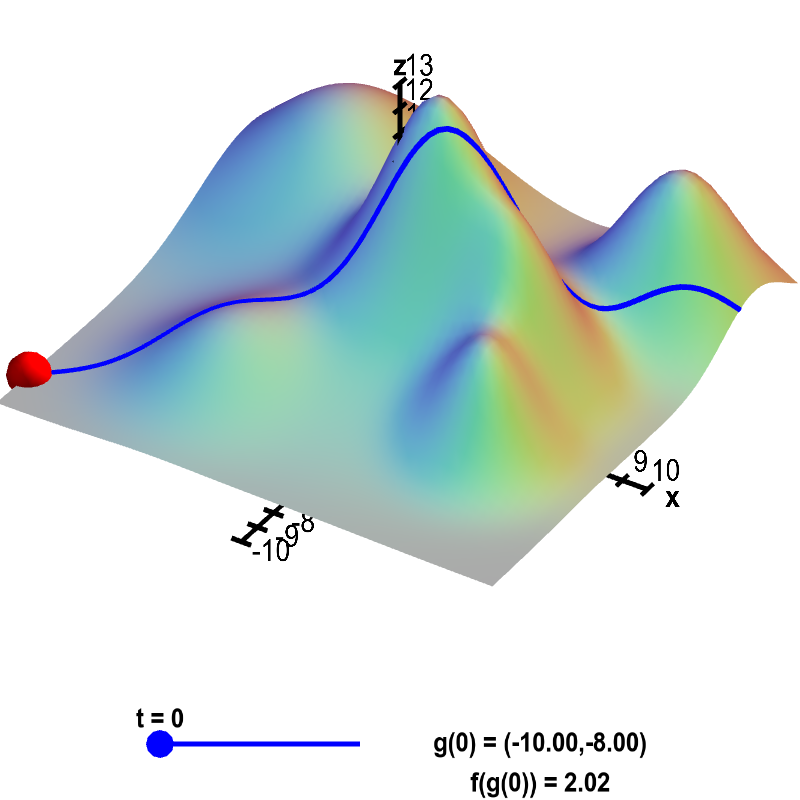
Introduction
The chain rule is a fundamental concept in calculus that allows us to differentiate composite functions efficiently. It is widely used in mathematics, physics, engineering, and economics. Understanding how to apply the Chain Rule correctly is essential for solving complex problems. This guide explains the chain rule step by step with practical examples to make learning easier for beginners.
What is the Chain Rule
The chain rule is used to differentiate a function that is composed of two or more functions. If y = f(g(x)), then the derivative of y with respect to x is given by
dy/dx = f'(g(x)) * g'(x)
This means you first differentiate the outer function while keeping the inner function unchanged and then multiply by the derivative of the inner function.
Step by Step Examples
Example 1
Differentiate y = (2x + 5)³
- Identify inner and outer functions: inner g(x) = 2x + 5, outer f(u) = u³
- Differentiate the outer function: f'(u) = 3u²
- Differentiate the inner function: g'(x) = 2
- Multiply: dy/dx = 3(2x + 5)² * 2 = 6(2x + 5)²
Example 2
Differentiate y = sin(3x²)
- Inner function: g(x) = 3x², outer function: f(u) = sin(u)
- Differentiate the outer function: f'(u) = cos(u)
- Differentiate the inner function: g'(x) = 6x
- Multiply: dy/dx = cos(3x²) * 6x = 6x cos(3x²)
Example 3
Differentiate y = e^(4x + 1)
- Inner function: g(x) = 4x + 1, outer function: f(u) = e^u
- Differentiate the outer function: f'(u) = e^u
- Differentiate the inner function: g'(x) = 4
- Multiply: dy/dx = e^(4x + 1) * 4 = 4e^(4x + 1)
Common Mistakes to Avoid
- Forgetting to multiply by the derivative of the inner function
- Confusing the inner and outer functions
- Skipping steps, leading to incorrect results
- Applying the chain rule when it is not necessary
Tips for Beginners
- Always write the inner and outer functions clearly
- Use parentheses to keep track of the inner function
- Start with simple functions before moving to more complex ones
- Practice regularly to build confidence and accuracy
Conclusion
The chain rule is an essential tool for differentiating composite functions and solving advanced calculus problems. By following step by step examples and avoiding common mistakes, beginners can master the chain rule effectively. For more educational resources and the latest updates in learning, visit YeemaNews.Com, a site that shares current and practical insights on education.
